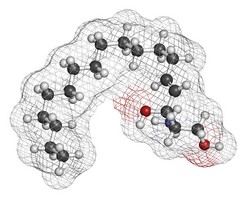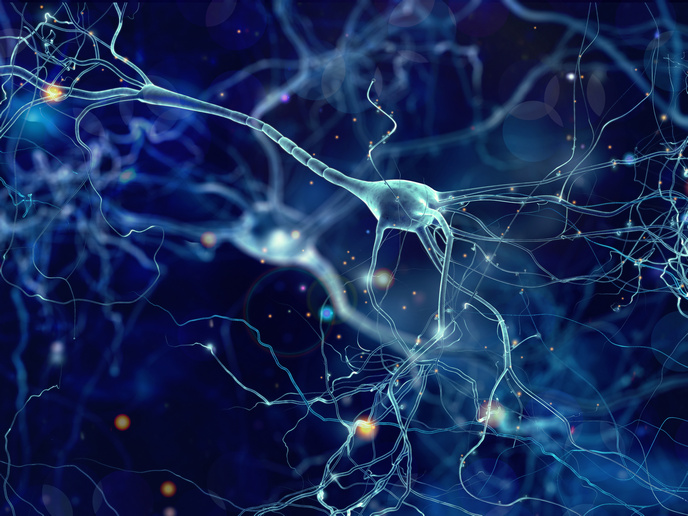Sphingolipids training network
The EU-funded project SPHINGONET (Sphingolipid homeostasis: from basic biology to applications) was an initial training network that brought together expertise from academia and industry to better understand the role of sphingolipids in health and disease. The aim was to achieve a comprehensive understanding of the complex and largely unknown mechanisms underlying sphingolipid homeostasis and how signalling pathways are interconnected. Knowledge gaps were addressed by training young scientists to take a leading role in uncovering the full regulatory potential of the sphingolipid signalling network and maximising its therapeutic use. A highly effective interdisciplinary and clinically relevant research environment was created by combing nine academic partners working at the cutting edge of sphingolipid, chemical and systems biology with two drug discovery SMEs. The training programme comprised network-wide training activities, individual ‘hands-on’ research projects and secondments. The fellows participated in practical courses that covered emerging technologies in drug discovery, chemical biology, proteomics, lipidomics and systems biology. Career development workshops were also organised to help researchers prepare for future career opportunities. Research activities included identifying the mechanisms of sphingolipid homeostasis and their impact on cell signalling and organisation. Scientists also investigated the cellular pathways of sphingolipid pathways and expanded opportunities for therapeutic interventions. SPHINGONET generated a number of important scientific insights such as the identification of sphingosine as a novel effector of lysosomal calcium homeostasis and the mechanistic convergence in Niemann-Pick C and Tangier disease. Researchers also identified two mitochondrial proteins as possible effectors in ceramide-mediated apoptosis and a new protein family related to ceramide protein transfer. In addition an extensive toolbox of functional lipids was created to acutely manipulate sphingolipid signalling and map sphingolipid-protein interactions. Models were developed to uncover the mechanism behind neurodegeneration and a phosphoproteomic platform established to identify cross-talk between sphingolipid and phosphoprotein signalling in healthy and diseased cells. SPHINGONET therefore helped to train young scientists, enabling them to better understand processes involving sphingolipids and enhancing their career prospects.







